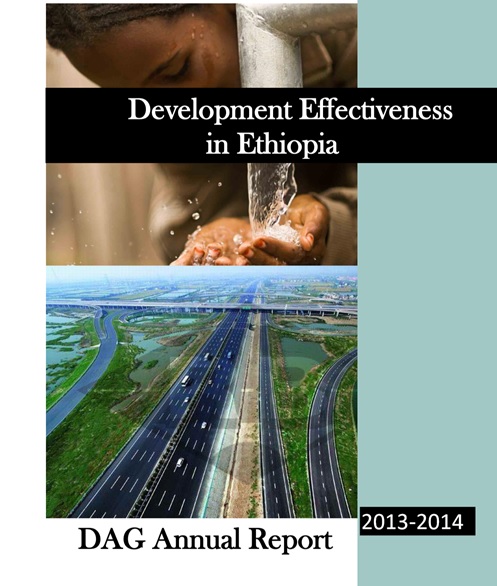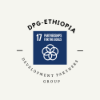Breadcrumb

This report provides a summary of activities carried out by members for the period July 2013 - June 2014. This report provides an overview of Ethiopia’s development landscape. As a group, DAG members provided a total of USD 3.1 billion in grants and concessional finance during the reporting period.
In the past year, the Development Assistance Group (DAG) placed its focus on four priorities: enhance policy influence with the Government of Ethiopia to support the country’s development objectives; coordinate and collaborate on programming and enhance programme outcomes; improve aid effectiveness in line with Busan commitments; and enhance policy influence “back home”.
The DAG and Government have continued to engage in constructive high-level dialogues. The third annual progress review of the Growth and Transformation Plan took place in March 2014, and the High-Level Forum on export competitiveness and trade logistics brought together Government and development partner stakeholders in June 2014.
Close cooperation between Government and DAG members resulted in a successful round of monitoring of development effectiveness principles. Ethiopia scored above the global average for all indicators measured at the country-level although there was a decrease in the use of national public financial management and procurement systems. These findings informed Government’s participation in the 1st High-Level Meeting on Development Effectiveness in Mexico, and led the Development Effectiveness Task Force to develop an action plan to encourage further progress.
Moreover, the DAG continued to engage in visits to the Commune Development Programme (CDP) and relocation in South Omo. Since late 2010, the DAG has emphasized the importance of following international good practice on resettlement from design and consultation through to implementation, monitoring, evaluation, grievance, and redress mechanisms. During the year under review, three missions took place to South Omo, Gambella, and Beneshangul-Gumuz.
In 2014, the DAG collectively proposed a harmonized allowance rates for national counterparts participating in DAG-funded meetings and missions for adoption by the Government. The objective is to minimize current distortionary effects that result from varying rates and apply a uniform policy. Programme managers and the Secretariat also reviewed action points linked to the Aid Management and Utilization study from 2012.
Finally, the DAG welcomed Israel as a new member of the DAG in September 2013, increasing the total number of DAG members to 27. Going forward, DAG members are committed to supporting Ethiopia in implementing the post-2015 goals and achieve middle-income status by 2025.
